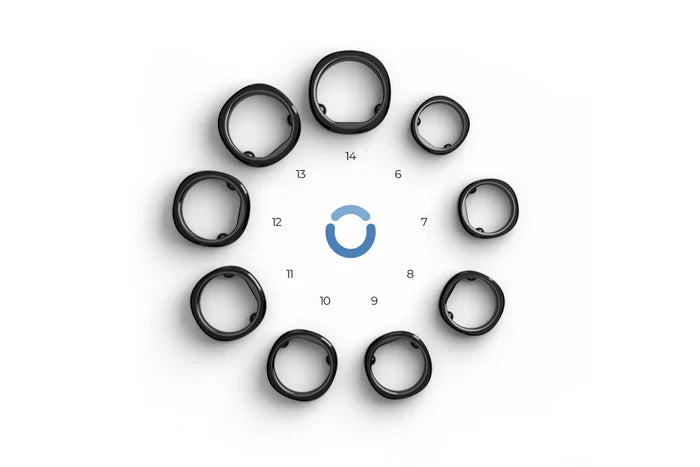If you're interested in RingConn's sleep monitoring, this article will cover the following topics:
- Introduction to Human Sleep Cycles
- Recommendations for Users
Introduction to Human Sleep Cycles
Human sleep cycles are primarily divided into two phases: Non-Rapid Eye Movement (NREM) sleep and Rapid Eye Movement (REM) sleep. The alternation between NREM and REM sleep constitutes a complete sleep cycle, each lasting approximately 90 to 120 minutes.

Adults typically experience 4 to 6 of these cycles each night. These cycles are not identical, with REM sleep duration increasing and NREM sleep duration decreasing in the latter cycles.
The interplay between these two sleep states is crucial for physical and cognitive restoration, ensuring high-quality sleep and overall well-being. Understanding these stages and their characteristics can help improve sleep quality.

Rapid Eye Movement (REM) Sleep
REM sleep, closely associated with dreaming, follows NREM sleep. Its characteristics include rapid eye movements, muscle twitches, increased heart rate, elevated blood pressure, and accelerated breathing. This phase, also known as paradoxical sleep, features brain waves that are almost as active as when awake. Most dreams occur during REM sleep, and 95% of people report dreaming if awakened during this stage.
During REM sleep, brain activity is high, making it more likely for dreams and memory consolidation to occur. In contrast, heart rate and breathing rate increase, and body temperature regulation diminishes.
RingConn Gen 2
Non-Rapid Eye Movement (NREM) Sleep
NREM sleep is essential for physical repair and metabolism. This sleep phase starts with no eye movement, reduced muscle tension, steady breathing and heart rate, lowered blood pressure, and slower metabolism. Based on different brain wave activities, NREM sleep is subdivided into three stages, with the third stage (N3) being the deepest and also known as slow-wave sleep.
During NREM sleep, physiological activities like heart rate, breathing rate, and body temperature decrease, while brain activity slows down, allowing muscles to relax and rejuvenate.

Recommendations for Users
- Aim for 6-8 hours of sleep to ensure sleep health, which equates to 4-5 sleep cycles.
- Alternatively, rest in multiples of sleep cycles: 1.5 hours, 3 hours, 4.5 hours, 6 hours, or 8 hours.
- There is no universally best time to wake up; all sleep stages are important. However, waking up during the N1 or N2 stages typically has less impact. These stages are lighter sleep phases, making it easier to wake up without feeling excessively tired or disoriented.
Conversely, waking up during the N3 or REM stages can lead to extreme fatigue and disorientation, affecting memory and mood. If awakened during deep sleep, symptoms like dizziness, palpitations, and irritability may occur. Deep sleep is critical for brain rest, fatigue elimination, emotional stability, mood balance, and energy restoration. Generally, the longer the deep sleep, the better the sleep quality. However, consistently high proportions of deep sleep may indicate underlying health issues, warranting professional medical advice.
By understanding and monitoring your sleep stages with RingConn smart ring, you can optimize your sleep quality and overall health.




Leave a comment
This site is protected by hCaptcha and the hCaptcha Privacy Policy and Terms of Service apply.